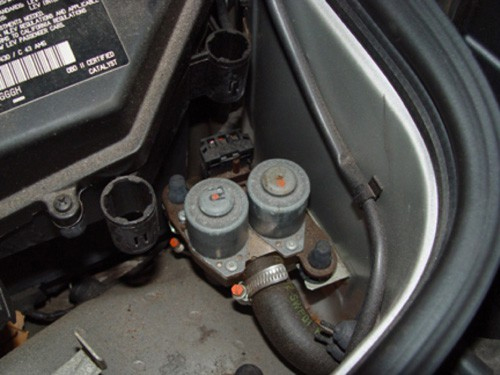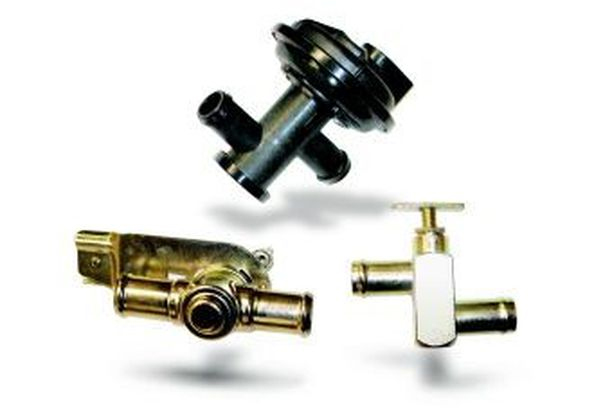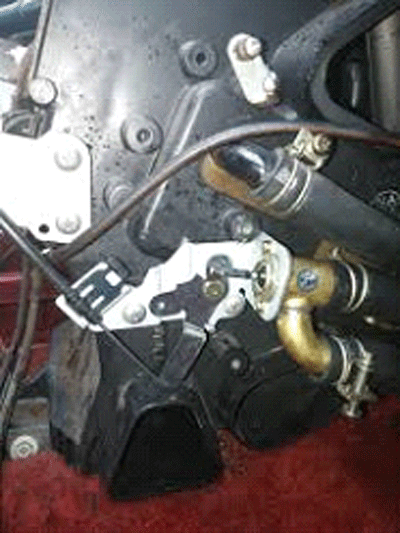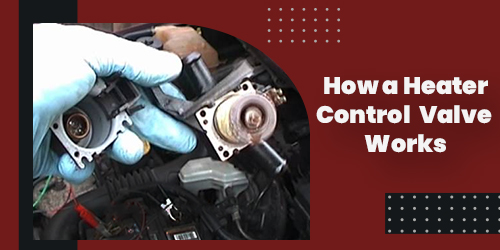The purpose of the heater control valve is to control the flow of engine coolant to the heater core located in the passenger compartment.
A car’s heating and cooling system is probably one of the most troublesome systems any driver has to deal with. It is also one of the most underrated. If there is a problem with your vehicle’s heater, many drivers are willing to let it go for a while, because it doesn’t seem to have a major impact on the overall operation of the vehicle. Many drivers think their cars can still run, so they don’t need to worry about heating and cooling systems. However, this is not always the case. In any case, the failure of the heating and cooling system to work can be a safety issue. One of the culprits of problems with the heating system may be the heater control valve.
The purpose of the heater control valve is to control the flow of engine coolant to the heater core located in the passenger compartment. When the heater or defroster is turned on, the hot engine coolant passes through the heater core. Here, the fan forces air across the surface of the heater core and then into the passenger compartment where the hot air can be felt. During air conditioning use, the heater control valve closes to prevent engine coolant from entering the heater core. The result is less heat in the passenger compartment, allowing the air conditioner to run more efficiently.
What is the heater control valve?

For many drivers, they do not think too much about the concept of heat in the vehicle. Turn on the heater when hot and cold air comes in. While most of us may be well aware of how this works, you should know that many drivers don’t spend a lot of time understanding exactly how all parts of the car work and why. This is why some people are surprised to find that the heater control valve is a necessary part of the heater’s working principle, because it allows the coolant to pass from the engine through the car heater, where it can heat it up.
Any automobile engine is as efficient as possible. In cold weather, to keep you warm, your car will use the heat generated by the engine absorbed by the coolant to provide you with warmth in the car. This heated coolant enters the heater core in the car’s heating system through the heater control valve and is then blown into the car by air. The coolant then returns to the radiator to cool, and then circulates back to the engine to absorb more heat.

As long as the heater control valve is opened, the heated coolant can pass through and enter the car’s heater core. If the heater control valve is closed, the coolant will not enter the heater core, and the heater will not generate heat for you in the cab. If there is a problem with your heater’s control valve, it may not open and close properly, or there may be other problems preventing your heater from working as expected.
Where is the heater control valve?
Tracing heater control valves in vehicles is not always as easy as it sounds. There is no standard position for the heater control valve, so it can be changed from one model to another. In some cars, it is located in the engine compartment, but in other cars, you can find it near the firewall on the passenger side. Some vehicles will also be equipped with heating control valves behind the dash, near the passenger feet.

You really have to check your owner’s manual to find out where your car is, or Google the make and model of your car to determine where it is. Another thing about your heater control valve is that it may not even have a heater control valve. Some models use so-called hybrid doors, a partition that separates the heater from the air conditioning system. The mixing damper moves and allows hot or cold air to enter the cab of your car through the internal vents, depending on the configuration you decide. It essentially has the same function as the heater control valve and does not require installation in your car.
Working of heater control valve
Basically, the heater core is a water-to-air heat exchanger located under the right side of the vehicle’s dash, usually covered by a heater box. The main function of the heater core is, of course, part of the vehicle’s heating system, which provides heat to the passenger compartment. However, this feature is the result of its refrigerant cooling feature. The coolant enters the heater core through the hose in the cylinder head of the vehicle. With the help of a fan, the heat absorbed by the coolant is transferred to the air that flows through the heater core. After partial cooling, the coolant flows back to the pump.
In other words, the heater core is similar to a small radiator located in the HVAC module. The heater core is connected to the engine cooling system and is used as the heat source for the HVAC system. Engine coolant flows into the heater core and heat from the coolant is transferred to the core heat sink. Air is blown through the core fins by the blower motor fan, where it absorbs heat to deliver it to the passenger compartment. The heater core is an important part that cannot be ignored in automobiles. It is not only responsible for heating the cabin in winter, but it is also responsible for helping the radiator to cool the engine throughout the year. Improper heater core maintenance can cause coolant leakage, etc. If this happens, the efficiency of the vehicle’s cooling system will definitely suffer, leading to expensive car repairs.
Wrapping up
Heater core repair is usually expensive, and replacement of the device is not cheap. However, if for whatever reason, the heater core of your vehicle is severely damaged, please rest assured that you can find a high-quality, high-performance replacement heater core at your nearest auto parts store. The heater control valve is used as a shut-off valve to control the flow of coolant through the heater core. There are many types and designs of heater control valves. The heater control valve can be operated by vacuum or cable control. Vacuum can be used to open or close the valve. Cable control valves usually work with cables that control the temperature level inside the vehicle.
